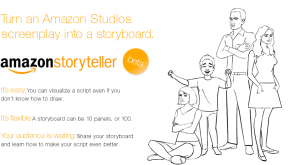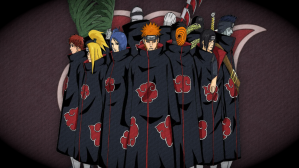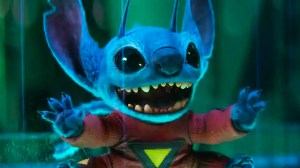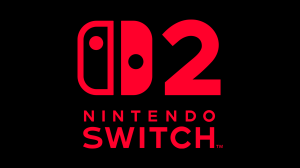Once again, Amazon has introduced a new piece of software which, if it’s any good, will have broad ramifications for entertainment.Amazon Studios today announced Amazon Storyteller. Currently in beta, Storyteller is a free online tool that turns scripts into storyboards, complete with characters and dialogue that can then be shared with others for feedback.”We’ve found that many writers want to see their story up on its feet in visual form but find it harder than it should be to create a storyboard,” said Roy Price, Director of Amazon Studios. “Storyteller provides a digital backlot, acting troupe, prop department and assistant editor—everything you need to bring your story to life. We want to see great stories turned into movies and television shows and we’ll continue to develop new features and tools that help people develop great stories.”
Amazon Rolls Out Script Software That Does Your Storyboards
Once again, Amazon has introduced a new piece of software which, if it’s any good, will have broad […]











